IsoLab has been designed to provide the most advanced environments for studying quantum systems in controlled conditions.
The build has been made possible by generous donations from the Wolfson Foundation, the J.P. Moulton Charitable Foundation and the Garfield Weston Foundation, and an award from the Engineering and Physical Sciences Research Council.
The building sits on its own massive concrete foundation, with three above-ground laboratories each contained in their own separate pod. In the basement of each pod sits a 50-ton concrete isolation block, accessible through a removable floor. Pod interiors are lined with material to shield acoustic and electromagnetic disturbance.


.jpg)
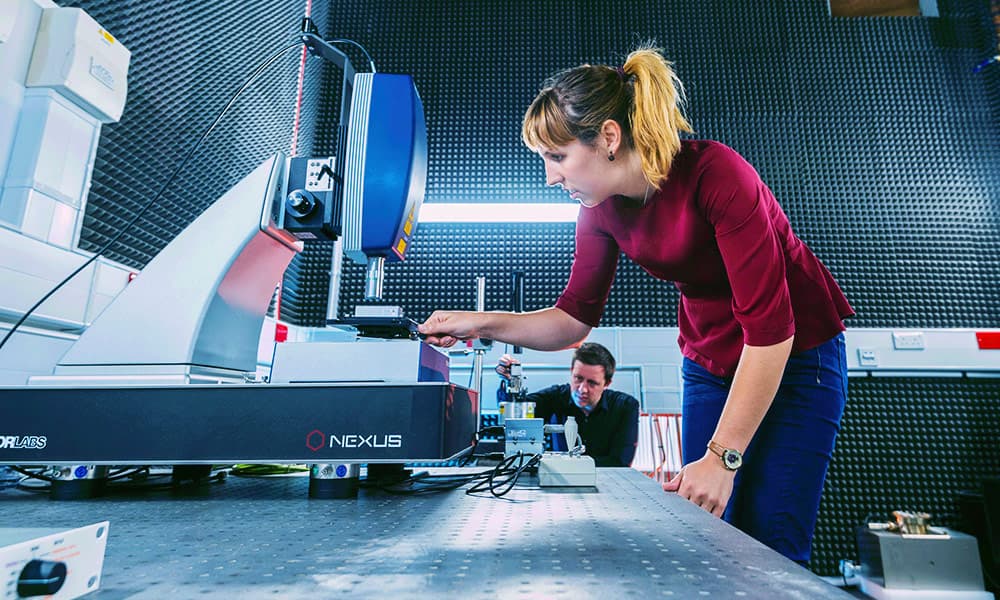

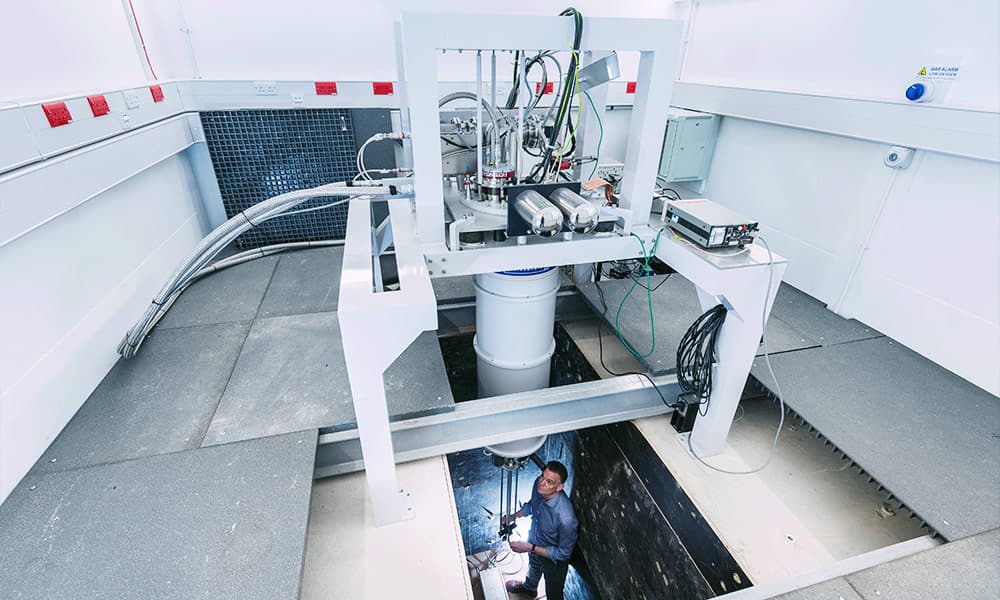
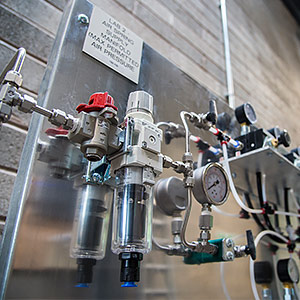
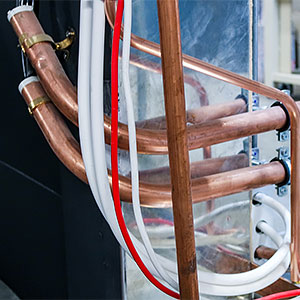
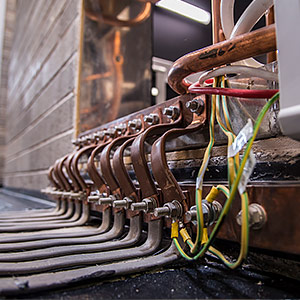









.jpg)

